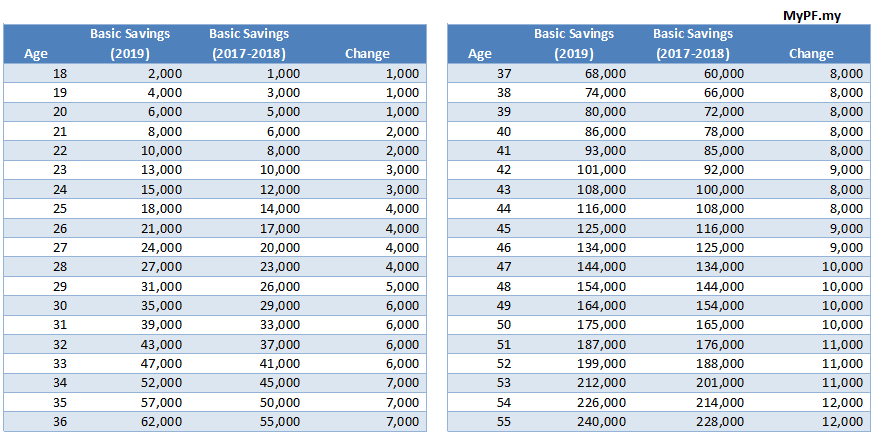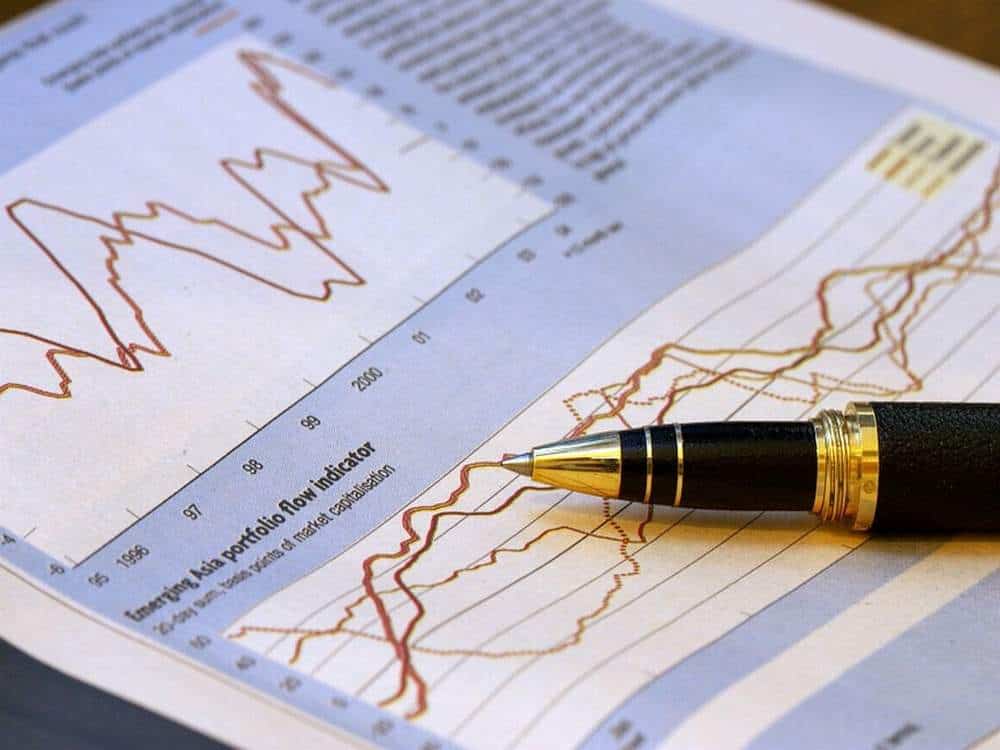What are the changes affecting EPF basic savings starting January 1st? How can you withdraw from EPF to invest in EPF Members Investment Schemes (MIS)? Calculate potential gains or risk losses from investing.

The EPF Basic Savings quantum is revised periodically according to the minimum pension for public sector employees, or every three years, whichever earlier, with the last revision having taken effect in 2017. The latest EPF basic savings will take effect on January 1, 2019. The quantum for the Basic Savings will be revised from the current RM228,000 to RM240,000 which is the minimum target EPF basic savings members should have upon reaching Age 55.

What is EPF Basic Savings?
Basic Savings refers to the amount that is considered sufficient to support members’ basic needs for 20 years upon retirement, from Age 55 to 75 aligned with the Malaysian life expectancy. The new quantum is benchmarked against the minimum pension for public sector employees, which has been raised from RM950 to RM1,000 per month.
What Does the Change Affect?
EPF members will now be required to have higher savings in their EPF account in order to be eligible to participate in the EPF Members Investment Scheme (MIS). MIS provides an option for members to invest a portion of their EPF Account 1 savings in unit trust funds or via private mandates managed by the appointed Fund Managers Institutions (FMI). The amount which can be withdrawn from EPF Account 1 for MIS is 30% of amount in excess of Basic Savings based on member’s age.

Is it Worthwhile to Withdraw and Invest?
The most common MIS withdrawal is to invest in Unit Trusts. A key issue with Unit Trusts is when high fees are charged and funds underperform. If you withdraw from EPF under MIS, you are forsaking EPF returns which are historically ~6% p.a. Thus your investment will need to generate returns of 8% p.a. above for it to be worthwhile. Look for Unit Trusts that charge low fees to maximise your investment returns.



Leave A Comment